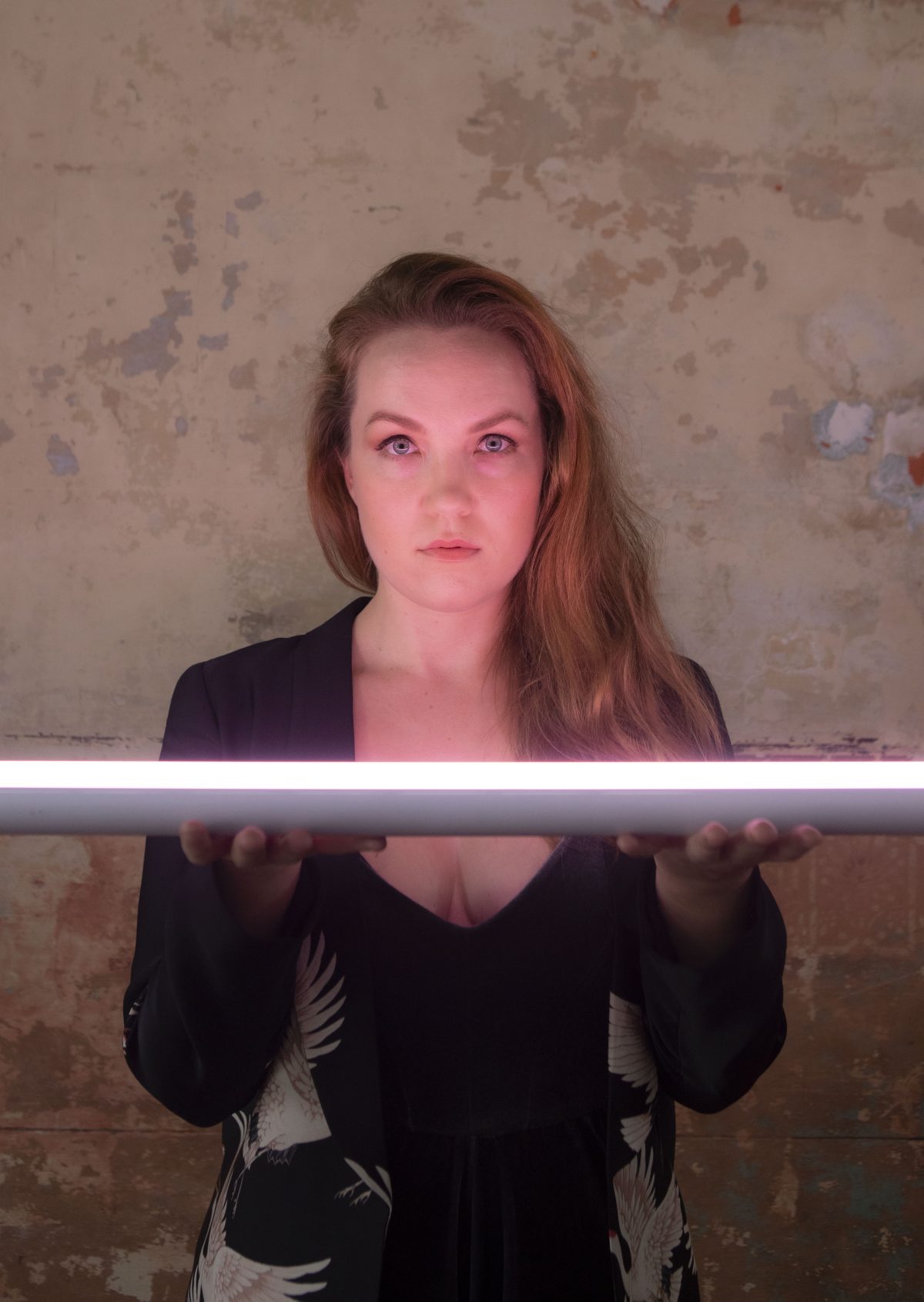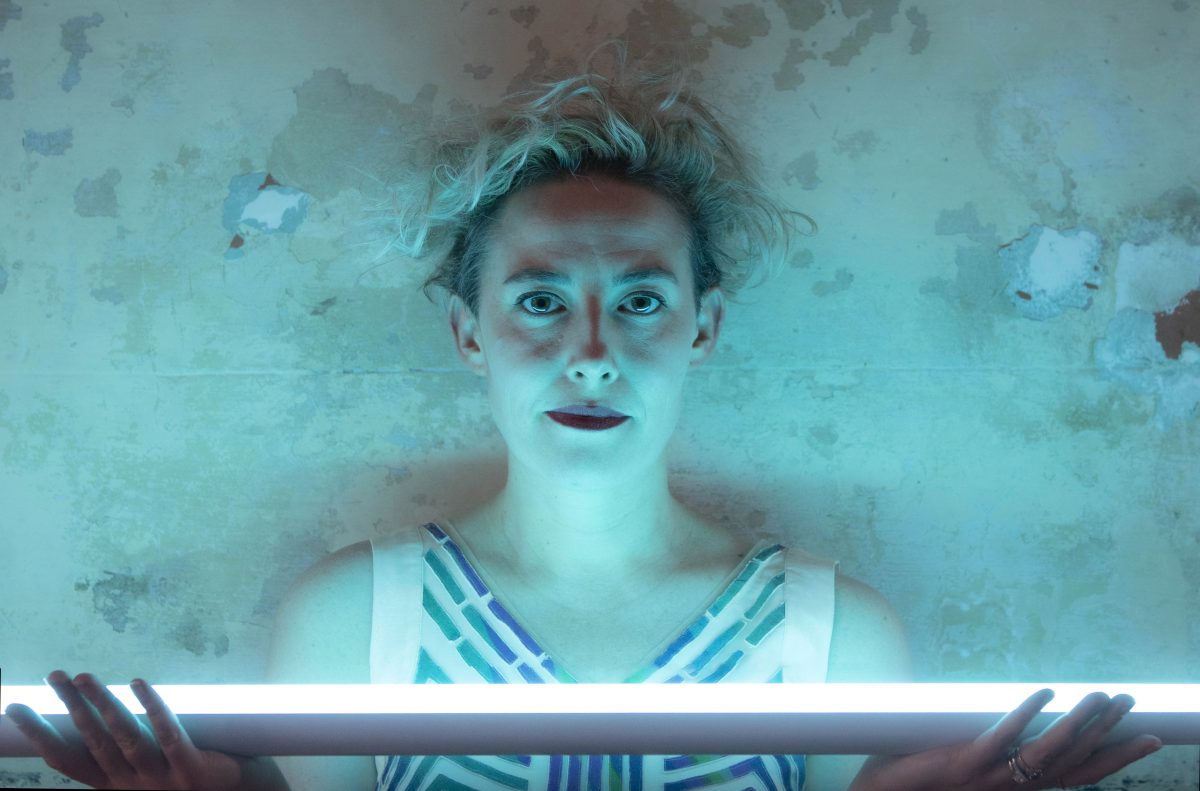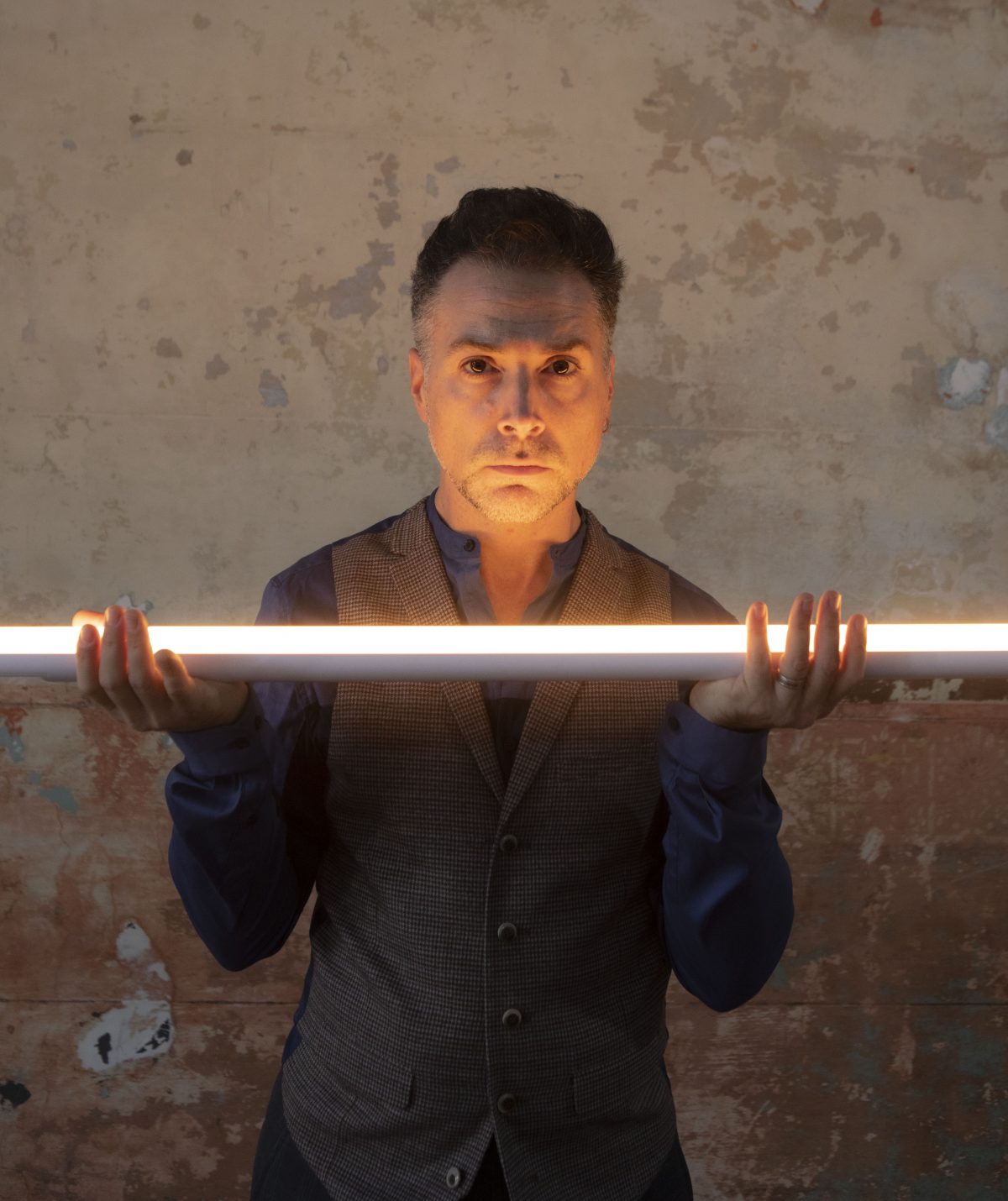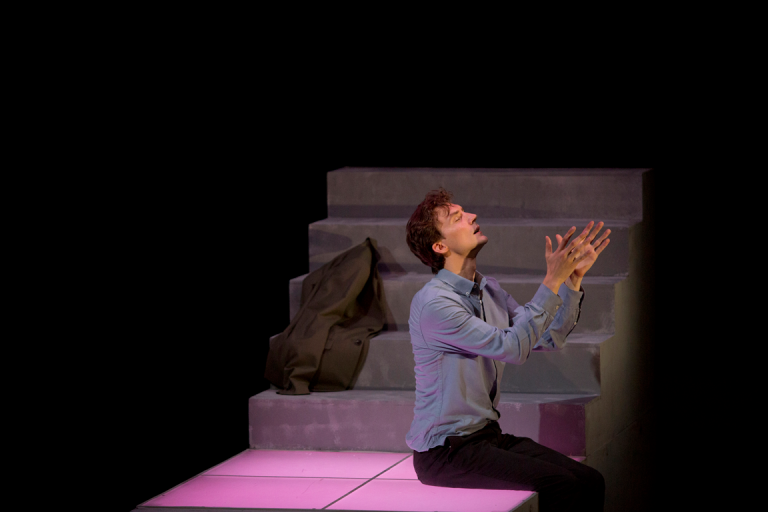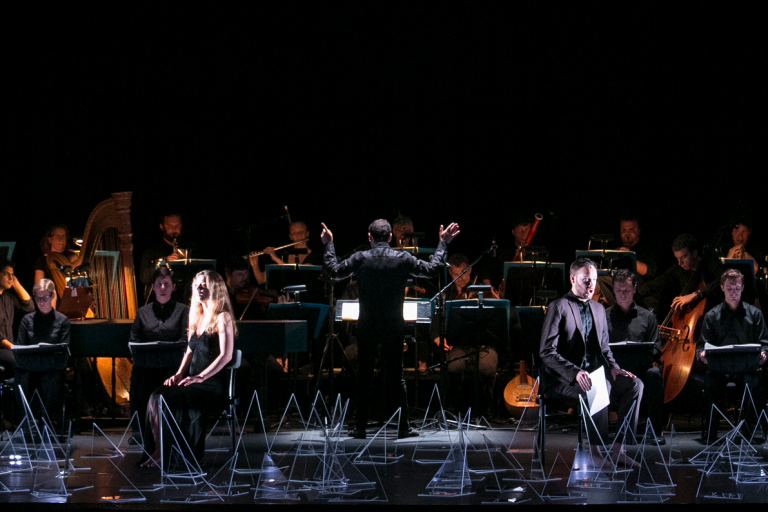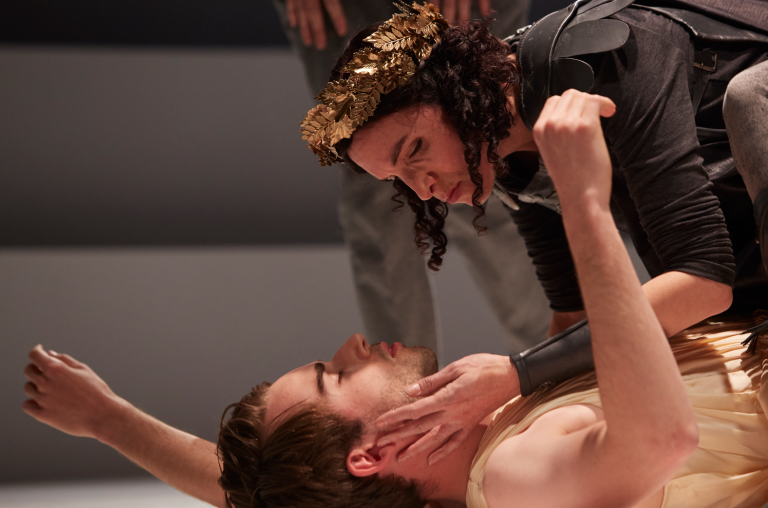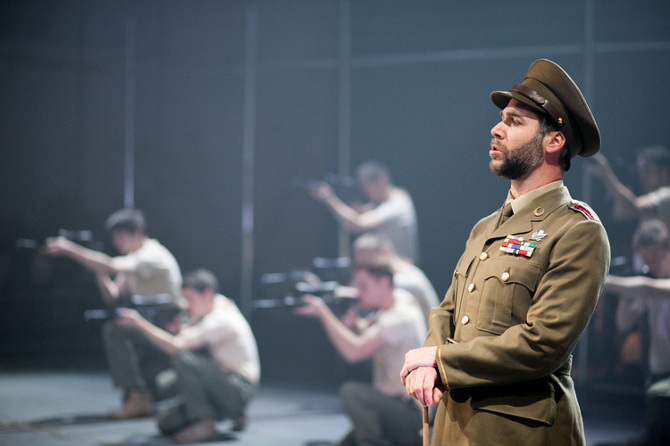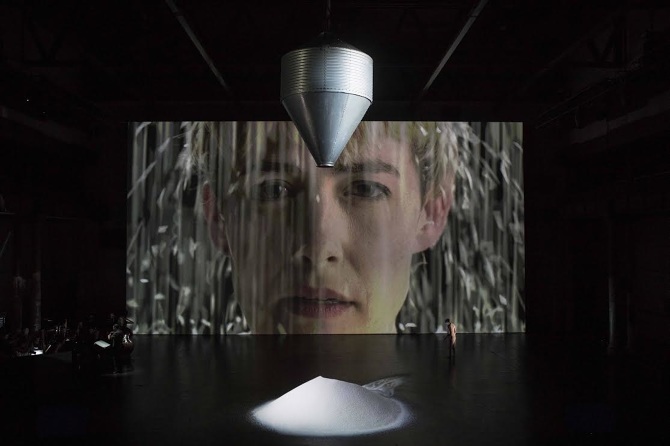IN SONG
BIOGRAPHIES
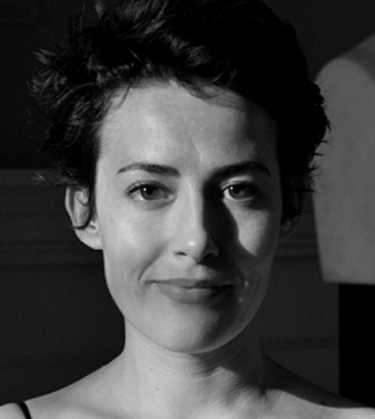
Jane Sheldon is an Australian-American soprano and composer. Praised by the New York Times for singing “sublimely”, the Sydney Morning Herald for “a brilliant tour de force”, and The Washington Post for “a stunning performance”, Jane has established an international reputation for performing highly specialized contemporary chamber opera and art music for voice.
She has appeared with the London Philharmonic Orchestra, Pinchgut Opera, Ekmeles (USA), Talea Ensemble (USA), Sound Icon (USA), Ensemble Offspring, Halcyon, the Australian String Quartet, and Sydney Chamber Opera, where she is an Artistic Associate. She has appeared at numerous international arts festivals including Lincoln Centre Festival, Jerusalem Sacred Music Festival, Prototype Festival, Huddersfield Contemporary Music Festival, and Sydney Festival. Described as “riveting” (New York Times) and “gripping” (Limelight Magazine), Jane’s compositions focus on the body in altered or transformative states.
She is a 2021 Artist in Residence at the Sydney Observatory with Imara Savage and Elizabeth Gadsby.
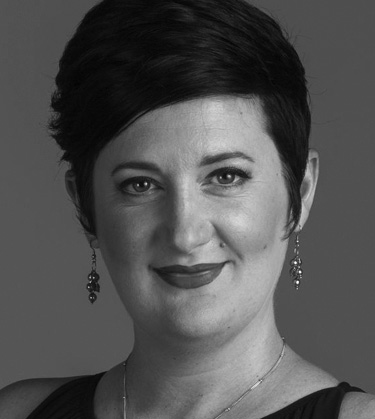
Anna Fraser has gained a reputation as a versatile soprano specialising predominantly in the interpretation of early and contemporary repertoire. Anna has had the pleasure of performing in a myriad of traditional and exploratory programming expertly demonstrating the versatility and virtuosity of a cappella singing. Anna is a graduate of the Sydney Conservatorium of Music and New England Conservatory (Boston) and furthered her studies in the Britten-Pears Young Artist Program featuring as a soloist at the Aldeburgh Festival (UK) under the direction of Richard Egarr and Antony Rolfe-Johnson. Equally at home as a dramatist on the stage presenting opera and historically informed chamber music, Anna is a strong exponent in music education, particularly with Moorambilla Voices, Gondwana Choirs, and NIDA as a guest lecturer.
Anna performs extensively with a number of Australia’s professional ensembles including Pinchgut Opera (since 2004 with notable roles in L’Orfeo, Dardanus, L’Ormindo, Castor et Pollux) and Cantillation, Sydney Chamber Opera (Dusapin’s Passion, Finsterer’s Biographica), Sydney Philharmonia Choirs, Sydney Symphony Orchestra, Ironwood, The Acacia Quartet, Ensemble Offspring, Halcyon, Taikoz; Bach Akadamie Australia, Australian Haydn Ensemble, Salut! Baroque, Sydney Consort and Thoroughbass.
Anna performed as a core ensemble member of the Song Company for over a decade and has collaborated with international ensembles such as period specialists The Wallfisch Band (Bach Unwrapped cantata programmes at Kings Place, London) and the New Zealand String Quartet (Adam Chamber Music Festival, NZ; Canberra International Music Festival).
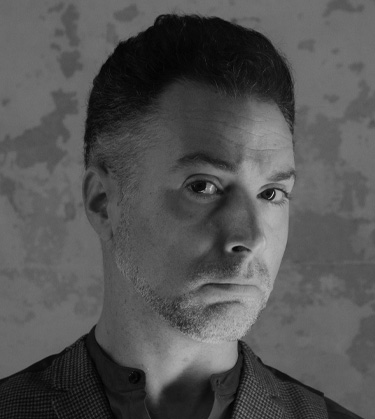
With a career that has spanned 4 continents, 85 operatic roles from the baroque to the newly composed, high respect as a pedagogue, a Helpmann Award nomination and superlative press reviews, Simon Lobelson has established himself as one of the most versatile baritones of his generation. Born in Sydney of Egyptian parents and brought up in Brussels, Simon graduated with distinction from Royal College of Music on scholarship, then studied with Sir Donald McIntyre and has since worked extensively as a soloist in Australia, the Middle East, Asia, the UK and Europe.
Oratorio appearances have included almost all the mainstream oratorio repertoire at venues such as the Sydney Opera House, Queen Elizabeth Hall, St. Johns Smith Square, St. Martin-in-the-Fields, Birmingham Symphony Hall, Sydney Town Hall and with the London Mozart Players, Sydney Symphony Orchestra, Australian Haydn Ensemble, Sydney Philharmonia Choirs, English Chamber Orchestra, Israel Camerata and the Lucerne Festival, under such conductors as Pierre Boulez, Charles Dutoit, Daniel Reuss, Reinbert de Leeuw, Richard Bonynge, Simon Halsey and Paul McCreesh.
Simon has performed with many opera companies including Royal Opera House Covent Garden, English National Opera, Opera Australia, Young Vic, Pinchgut Opera, Sydney Chamber Opera and Canberra International Music Festival, in roles such as Amfortas, Escamillo, Rigoletto, Alberich, Marcello, Ford, Germont, Figaro, Michele and Don Alfonso, under such directors as Jean-Claude Auvray, Patrick Nolan, Ian Judge, John Copley, Bruno Ravella, Melly Still, Cheryl Barker and Jude Kelly. A champion of contemporary music, and creator of copious world premiere operatic roles, his recent performances as the main role in Metamorphosis for Opera Australia attracted outstanding press reviews and a Helpmann Award nomination.
He has recorded for Chandos and ABC Classics and is a vocal professor, lecturer and coach at the Sydney Conservatorium of Music, a judge for the Sydney Eisteddfod and has given masterclasses in Australia and China. He is also completing his doctorate on Vocalism in Contemporary Opera through Sydney University, on a RTP Commonwealth Government Scholarship Award.
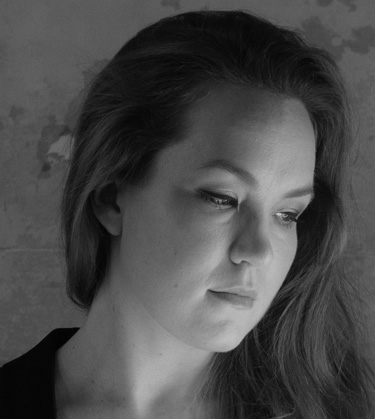
Australian mezzo-soprano Emily Edmonds was a Jette Parker Young Artist at the Royal Opera House, Covent Garden, 2015-2017.
Most recently, Emily recorded the role of L’Enfant for an acclaimed virtual production of Ravel’s L’enfant et les sortilèges, produced by Vopera and the London Philharmonic Orchestra. In 2020, she performed the UK premiere of Venables’ acclaimed Denis & Katya, and toured the piece throughout the UK with Music Theatre Wales.
In November 2019, Emily performed the role of Dorabella in Classical Opera Company’s Così fan tutte, in London. In September 2019, Emily made her US debut, performing Philip Venables’ Denis & Katya for Opera Philadelphia. Earlier in 2019, she sang the title role of L’enfant in Ravel’s L’enfant et les sortilèges at the Komische Oper Berlin. Emily also performed the role of Varvara in Richard Jones’ Olivier award-winning new production of Katya Kabanova, at the Royal Opera House, Covent Garden. In December 2018, Emily appeared as Semira in Pinchgut Opera’s award-winning Australian Premiere of Hasse’s Artaserse. Pinchgut Live label has now released their CD recording of this performance.
In the 2016/17 season, Emily performed the roles of Madrigal Singer (Manon Lescaut), Kate Pinkerton (Madama Butterfly), and Tebaldo (Don Carlo) for the Royal Opera. She also performed the role of Agathe/Dargelos in Glass’ Les Enfants Terribles for the Royal Ballet, at the Barbican. In 2016/17 she covered the roles of Dorabella (Così fan tutte), Magdalene (Die Meistersinger von Nürnberg), and Emilia (Otello) for the Royal Opera.
Her roles in the 2015/16 season included Aglaea/Atropos/Bacchus (Orpheus) at the Sam Wanamaker Playhouse, Shakespeare’s Globe, and Alms Sister (Suor Angelica), Käthchen (Werther), for the Royal Opera. Emily was also one of the six cast members in the world premiere of Philip Venables’ critically acclaimed new opera 4.48 Psychosis at the Lyric Hammersmith.
Emily holds a First Class Honours degree in Vocal Performance from the Sydney Conservatorium of Music. She was the Dame Nellie Melba Scholar and Patrick & Vivian Gordon awardee for the Melba Opera Trust. In 2015, Emily was awarded an Australia Council for the Arts ArtStart grant, in support of her vocal and language development abroad. She is an awardee of the Australian Music Foundation and the Tait Memorial Trust. Emily is also a recipient of the Dame Heather Begg Memorial Award.
Emily’s theatrical training background is extensive and has involved productions, national touring, and comprehensive acting study with the Australian Theatre for Young People, and the Fresh Ink project. Pursuing her passion for theatre-making, she was Staff Director on the revival of Richard Jones’ Der Rosenkavalier in the 2018 Glyndebourne Festival season.
In July 2015 Emily performed the role of Asteria in Pinchgut Opera’s production of Vivaldi’s Bajazet. In 2014 she sang Elgar’s Sea Pictures with the Sydney Symphony Orchestra, as part of the Discovery Series. She also sang the role of Dritte Magd for the SSO’s concert performance of Strauss’s Elektra. In the 2014 Sydney Festival she performed in the Australian premiere of George Benjamin’s Into the Little Hill for Sydney Chamber Opera. She also performed the role of Kate Julian in Britten’s Owen Wingrave, for Sydney Chamber Opera.
Keep in touch
General Inquiries
- contact@sydneychamberopera.com
-
SCO, Carriageworks
PO Box 3035 Redfern, NSW 2016
Postal Address -
SCO, Carriageworks
245 Wilson St Eveleigh, NSW 2015
Resident Address - (02) 8571 9106
